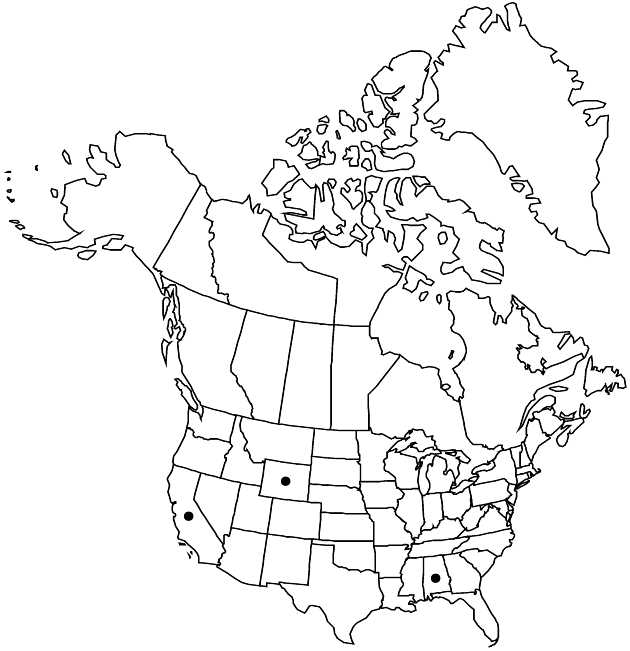Leucanthemum maximum
in A. P. de Candolle and A. L. P. P. de Candolle, Prodr. 6: 46. 1838.
Perennials, 20–60 (–80+) cm. Stems simple or distally branched. Basal leaves: petioles 50–80 (–200+) mm, expanding into obovate to spatulate blades 50–80 (–120+) × 15–25 (–35+) mm, margins not lobed, usually toothed, rarely entire. Cauline leaves petiolate or sessile; blades oblanceolate to lanceolate or linear, 50–120+ × 8–22+ mm, margins of midstem leaves usually entire proximally, regularly serrate distally. Involucres 18–28+ mm diam. Phyllaries (the larger) 2–3 mm wide. Ray-florets 21–34+; laminae 20–30 (–40+) mm. Ray cypselae 2–3 (–4) mm, apices usually bare, rarely obscurely auriculate. 2n = 90, 108.
Phenology: Flowering spring–summer.
Habitat: Disturbed sites, meadows, seeps, clearings
Elevation: 0–1500+ m
Distribution

Introduced; Ala., Calif., Wyo., w Europe (widely cultivated), w Europe (sparingly adventive)
Discussion
The name Shasta daisy of horticulture is associated also with Leucanthemum ×superbum (Bergmans ex J. Ingram) Bergmans ex D. H. Kent, which is generally thought to have been derived from hybrids between L. maximum and L. lacustre. Cultivars of “Shasta daisy” number in the dozens, including “single,” “double,” “quill,” and “shaggy” forms; they may be encountered as waifs or persisting from abandoned plantings.
Selected References
None.
Lower Taxa
"broader" is not a number.